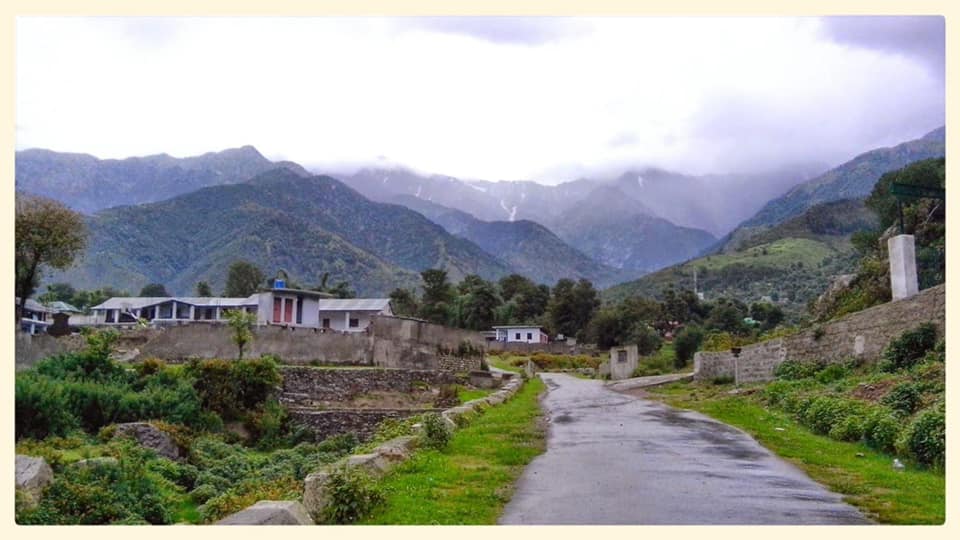- Visitor:185
- Published on:
ORIGINS OF THE DELHI IRON PILLAR
In the thirteenth century, the Iron Pillar that originally stood at Vishnupadagiri, Udayagiri, was uprooted and placed in front of the Quwwatul-Islam mosque complex.

In the thirteenth century, the Iron Pillar that originally stood at Vishnupadagiri (“Hill with the footprint of Vishnu”), Udayagiri, was uprooted and placed in front of the Quwwatul-Islam mosque complex. The pillar had a three-stanza six-line Sanskrit inscription, dated between 400 and 450 CE, which recorded that it was erected by Chandra (“having in faith fixed his mind upon Vishnu”) at Vishnupadagiri.
Based on a detailed study of the archer-type gold coins of the imperial Guptas, Professor R. Balasubramaniam identified Chandra as the Gupta ruler, Chandragupta II Vikramaditya (375-414 CE). A distinctive feature of those coins was that the king’s short name was inscribed on the obverse (i.e. region of the issuing monarch’s figure), while his full name and title were mentioned in the circular legend. In all archer-type gold coins of Chandragupta II Vikramaditya, the short name of the king was inscribed as Chandra and his full title and name given in the circular legend (Balasubramaniam 2008: 26-28).
Art historian, Meera Dass showed that pada (foot) worship was an ancient practice in the region around Udayagiri. She cited veneration of an inscribed Vishnupada at Charan Tirth situated at the foot of Udayagiri hill, the Heliodorous pillar at nearby Besnagar, reverence of the footprints of Jain Tirthankara Shitalnath in Cave 20 at Udayagiri (dated as per an inscription in the cave to 426 CE), and the discovery of a Kushan-period brick with unfinished marking of a foot at Udayagiri. Further, she pointed to a tradition of iron-making in the Udayagiri-Vidisha-Besnagar-Sanchi region. She also noted the astronomical significance of Udayagiri (Vishnupadagiri), situated at 23 31’ latitude, almost on the Tropic of Cancer. It was a major centre for astronomical observations and Sun worship in ancient times (Dass 2001).
There was a flowering of astronomical knowledge during the reign of the imperial Guptas, with astronomers like Aryabhata, Varahamihira, and Brahmagupta. Udayagiri was developed as a major centre under Chandragupta II Vikramaditya; nineteen of the twenty cave temples at Udayagiri dated from his reign. The association of Udayagiri with Vishnu and the Sun was underscored by the invocation of Chandragupta’s title, Vikramaditya which denoted the oneness of Vishnu and Surya (Balasubramaniam 2008: 31-36).
R. Balasubramaniam, who prepared a complete layout of Udayagiri, noted that the hill site was shaped like a foot. A saddle connected the northern and southern hills. A passageway was especially cut at the place where the northern hill met the saddle. That was the only path that led to the west of the hill, and was the main approach to the temple on the northern hilltop (identified by Michel Willis and Meera Dass as the Sun temple which was destroyed in the thirteenth century CE). An ancient elephant path underlined the importance of that corridor. Most of the cave temples were located around it, including Cave 5 (with the Varaha panel) and Cave 13 (with the image of Anantasayin Vishnu) (Balasubramaniam 2008: 32).
As the Udayagiri site was astronomically significant, the placement of the Iron Pillar was carefully planned. According to R. Balasubramaniam and Meera Dass, the pillar was placed in front of Cave 7, facing the passageway. The site was important as during the summer solstice, the early morning shadow of the Iron Pillar would fall on the feet of Vishnu in the Anantasayin Vishnu panel in Cave 13. Moreover, it was only in the period before and after the summer solstice that the early morning shadow of the Iron Pillar fell on the passageway in the direction of Anantasayin Vishnu. That was due to the special angle of the cut of the passageway. R. Balasubramaniam and Meera Dass pointed to many other fascinating details about the movement of the sun and the direction of sunrays regarding the Varaha and Anantasayin panels (Balasubramaniam and Dass 2004: 1134-1142; Balasubramaniam 2008: 35-36).
The decorative bell of the Iron Pillar originally had a chakra on top. The inscription on the Iron Pillar clearly stated that it was the standard of Vishnu (Vishnuordhvajah). One of the Vishnu panels in Cave 6 at Udayagiri depicted the Iron Pillar capital with the chakra. A cut was visible on the top surface of the Iron Pillar capital, into which the chakra would have fitted (Balasubramaniam 2008: 32-34). [1]
Iltutmish (r. 1210-1236 cz), the first Muslim ruler to pillage Malwa in 1234 CE, uprooted the Iron Pillar and placed it in the courtyard of the Quwwat-ul-Islam mosque. The contemporary Persian historian, Minhaj-us-Siraj (b. 1193) wrote of the spoils of the expedition
… Some other images cast in copper were carried with the stone image of Maha-kal to Dehli (Elliot and Dowson Vol. II: 328). The Iron Pillar was among those “brass” objects (Balasubramaniam 2005: 25).
Shams-i Siraj Afif (d. 1388), in the mid-fourteenth century, explained Iltutmish’s motives regarding the pillar,
Every great king took care during his reign to set up some lasing memorial of his power. So sultan Shams al-Din Altamash raised the large pillar in the Masjid-i Jami at old Dehli, the history of which is well known (Elliot and Dowson Vol. Il: 353).
While erecting the Iron Pillar at Delhi, the portion that had been buried underground at Udayagiri, was placed above ground level. That portion had been left uneven, so that the pillar could be firmly gripped to the foundation (Balasubramaniam 2008: 37). [2]
References
- For manufacturing the Iron Pillar at least 7,000 kg of iron would have been used and 200 furnaces operated simultaneously, or the same furnace repeatedly used, to produce that amount of iron of consistent quality (Tripathi 2008: 126-128). The genius of the creators of the Udayagiri complex was apparent in the symbolic representations of Vishnu pada and cosmic sleep by a skilful union of astronomical and architectural knowledge.
- Several observers, among them Alexander Cunningham, initially believed that the Iron Pillar was made of brass. In 1876, Percy Brown of Roorkee University conducted a chemical analysis of the material used in the pillar, which revealed that it was made of pure iron (Balasubramaniam 2005: 25; Balasubramaniam 2008: 37).
[Source:- “The Iron Pillar- Uprooted from its Hallowed Site”, in Meenakshi Jain, Flight of Deities and Rebirth of Temples: Episodes from Indian History (New Delhi: Aryan Books International, 2019), pp. 57-60]
Center for Indic Studies is now on Telegram. For regular updates on Indic Varta, Indic Talks and Indic Courses at CIS, please subscribe to our telegram channel !
- 92 min read
- 0
- 0










